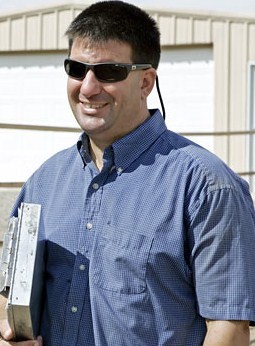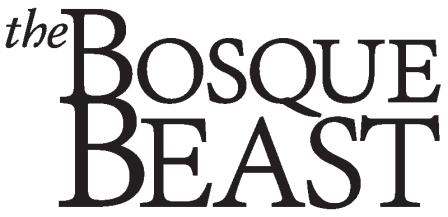
Our pets are not always well adjusted. While we may think some need an attitude adjustment, many just need a chiropractic adjustment. Animals respond to pain in different ways. They can seem depressed, lose weight, or simply become less active. Some animals may act more aggressive, less cooperative, or fearful. Often such changes become more obvious during times of stress, such as after a move, illness, injury, or surgical procedure.
Chiropractic science focuses on the biomechanical relationships between the vertebrae and surrounding structures. The nerves that supply every organ in the body, every muscle, and every tissue originate in the spinal cord. That’s why alignment of the spine is essential for proper functioning of the entire body. A misalignment (subluxation) between two vertebrae can cause irritation. Nerves pass through these inflamed tissues, which can disrupt their signals.
The goal of chiropractic care is to facilitate optimal physical and mental well-being. Therefore, it can be thought of as a form of routine health care, complementing conventional veterinary medicine to prevent mild problems from becoming debilitating.
Athletic horses, like human athletes, put a lot of stress and strain on their bodies, and will be more likely to have spinal misalignments. Whether a working horse, barrel racer, or eventing horse, these animals are asked to give their best performance time and time again. Chiropractic adjustments can help ensure they are performing at their best, with an optimal biomechanical advantage, and in comfort.
Older horses that have become stiff from arthritis also can benefit from chiropractic. A horse that is arthritic, or that becomes lame for other reasons, will compensate by changing gait, shifting weight, or some other physical adjustment to avoid pain. This puts strain on areas of the body that can become locked up, stiff, or sore.
Conditions such as a subtle lameness or abnormal gait, asymmetrical sweating, immune disorders, and behavioral problems often respond to chiropractic therapy. Young horses in training often have an uncomfortable or asymmetric gait that trainers might assume shows lack of training or discipline, when the root cause is actually vertebral misalignment. If the horse has subluxations that cause discomfort when the spinal column is bent one way, the horse will more easily move in the other direction. I have seen training of young prospects greatly facilitated, with more rapid progress, after just one or two chiropractic adjustments.
For dogs, conditions such as intervertebral disc disease, incontinence, allergies, epilepsy, skin problems, asymmetrical sweating, abnormal gaits, and behavioral problems often respond to chiropractic therapy. Geriatric dogs may initially require more frequent visits, depending on the severity of their condition and how long it has been present. Dogs also make physical compensations to avoid pain when arthritis sets in, or when hip dysplasia has become severe.
Young dogs are not immune to misalignments, either. Between the birthing process and typical puppy rambunctiousness, minor subluxations often develop that can be corrected, averting potentially long-standing problems.
Although chiropractic care is most commonly sought to relieve pain, usually back pain, it can ameliorate a myriad of different conditions. Since the nerves going to every organ in the body can be disrupted by spinal misalignments, chiropractic care may ease pain and greatly improve the quality of life even for horses and dogs with problems that cannot be corrected, just by unlocking compensating areas of the body.
Mark T. Meddleton, DVM, is owner-manager of Meddleton Equine Hospital in Algodones. Contact him at 867-5567 or drmeddleton@meddletonequine.com.
